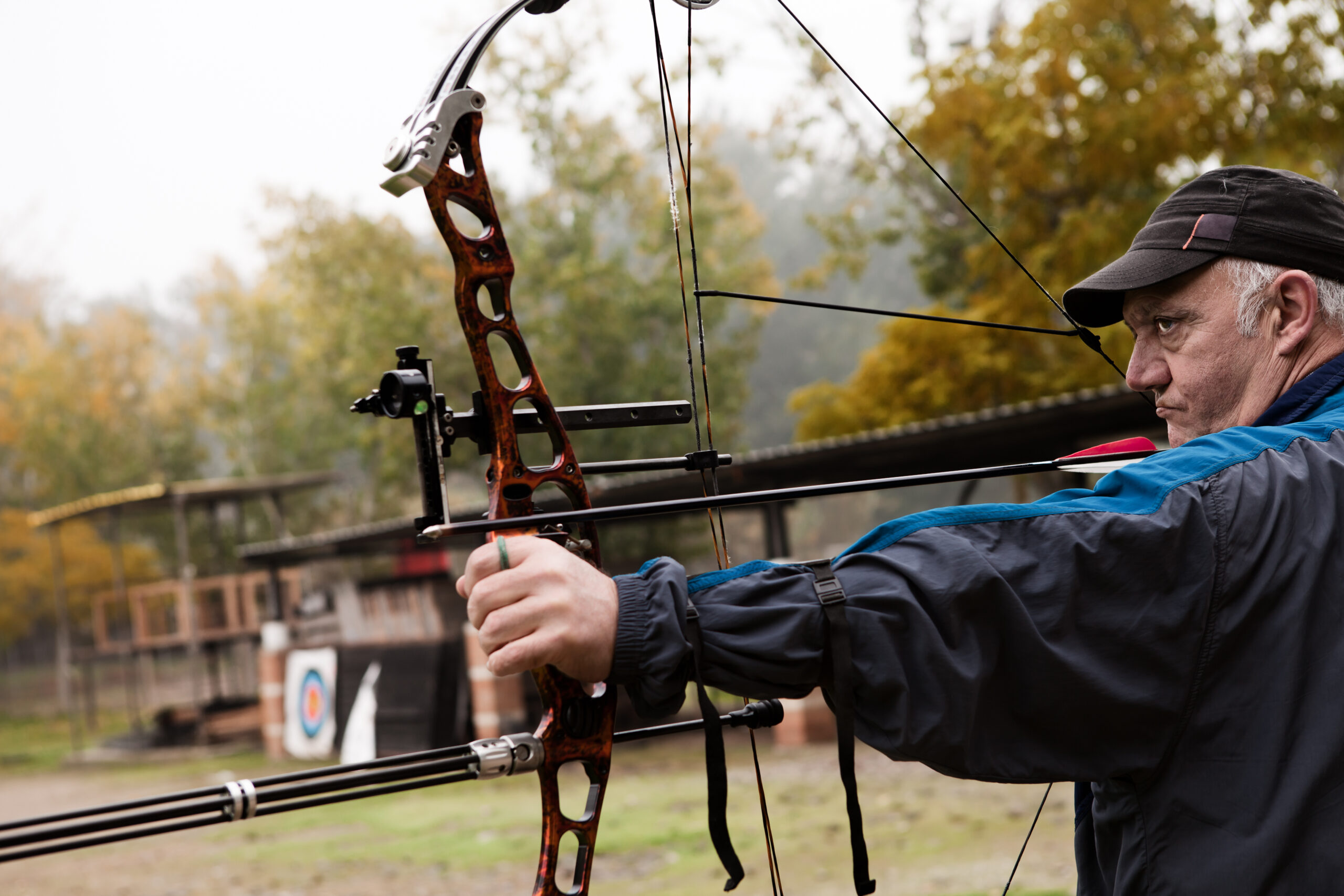Bowhunting during the spring season is a test of patience, woodsmanship, and precision. Whether you’re chasing gobblers, black bears, or even early-season deer in select states, the stakes are high when you enter the woods with a bow. In spring, dense cover, unpredictable animal behavior, and ever-changing weather patterns make bowhunting uniquely challenging. To consistently put yourself within ethical shooting range, you need smart tactics tailored to the season.
In this article, we’ll break down proven spring bowhunting strategies to help you close the distance and seal the deal when it matters most.
Why Spring is Different for Bowhunters
Spring bowhunting isn’t like a crisp, dry fall hunt. It’s messy, noisy, and often unpredictable. Vegetation is rapidly growing, which both helps and hurts your odds. Spring weather is moody — one day could be warm and sunny, the next cold and rainy.
Animals are also shifting into springtime routines:
- Turkeys are fired up and vocal, but hens often pull gobblers away.
- Bears are focused on food but cautious after emerging from hibernation.
- Deer (where legal for spring archery) are following fresh forage and adjusting to human pressure.
The Challenge:
Animals are alert, the woods are noisy, and shot windows are tight. But for the bowhunter who knows how to adapt, spring can produce some of the most rewarding hunts of the year.
Step 1: Get Aggressive with Scouting
Unlike rifle seasons where you can spot game from hundreds of yards away, bowhunting is a close-range game. In spring, you need to intimately understand:
- Travel routes
- Feeding areas
- Bedding locations
- Wind patterns
Bowhunter’s Tip:
Spend extra time learning how animals use the terrain with the new spring growth. Trails may shift compared to fall due to lush cover, standing water, or fresh food sources.
Use a combination of digital scouting (OnX, HuntStand) and boots-on-the-ground fieldwork. Look for fresh sign, tracks, feeding areas, and likely ambush points.
Step 2: Fine-Tune Your Setup
Your hunting setup will make or break your spring bowhunt. You have limited options for drawing undetected, so your positioning is key.
Ground Blinds:
- Work great for turkey or bear hunts, especially when placed near feeding areas or strutting zones.
- Brush them in heavily to match the spring vegetation.
Natural Cover:
- A natural blind or quick hide can be deadly if you’re stalking or setting up near a trail.
- Look for deadfalls, saplings, or large bushes to break up your outline.
Tree Stands:
- Less common in spring, but useful if you’re in bear or deer country with good visibility.
- Remember: spring foliage thickens fast, so trim shooting lanes ahead of time.
Pro Tip:
Set up in areas where you can capitalize on animal behavior patterns (e.g., turkeys working ridge tops, bears feeding low on south-facing slopes).
Step 3: Master Wind and Thermals
With a bow, you don’t get second chances. Spring winds can be inconsistent, and rising thermals on warm days will carry your scent uphill.
- Always approach with the wind in your favor.
- Expect thermals to shift as the day warms.
- Carry milkweed or wind puffer powder to check the wind constantly.
This is one of the most overlooked aspects of spring bowhunting, especially during midday turkey hunts or spot-and-stalk bear hunts.
Step 4: Close-Range Calling and Stalking
Turkeys:
Spring turkey bowhunting requires next-level calling.
- Avoid overcalling early — soft yelps and purrs can bring in cautious birds.
- Use decoys to focus the gobbler’s attention away from your position.
- Position yourself close enough to cut the distance when the tom hangs up.
Bears:
Spot-and-stalk is the most popular spring bear bowhunting tactic.
- Glass feeding areas from a distance.
- Plan your stalk based on wind and terrain.
- Move slow, use cover, and close within your effective range (often under 30 yards).
Deer (in spring-legal states):
Deer are less vocal, so rely on food sources and natural movement.
- Ambush feeding areas or trails connecting bedding and food.
Step 5: Practice for Real-World Conditions
Spring conditions are rough:
- Uneven footing
- Shooting from awkward angles
- Shooting through brush gaps
Bowhunter’s Checklist:
- Practice from sitting, kneeling, or awkward positions.
- Use broadheads during practice sessions.
- Get comfortable with quick, quiet draws.
Spring hunts rarely offer perfect broadside, wide-open shots — you need to be able to make the tough ones.
Step 6: Know When to Make Your Move
Patience is everything. Animals in spring may act cautious due to weather shifts or hunting pressure.
- Wait for the right angle.
- Take your time during your draw.
- Use the terrain (hills, brush, deadfall) to make your final approach.
Your goal isn’t just to get close — it’s to get close without being detected.
Final Thoughts
Spring bowhunting is a chess match between you and wary game. Success doesn’t always come easy, but when you finally arrow a hard-earned gobbler or a post-den bear, it will be one of the most satisfying moments of your hunting career.
Close the distance. Make it count. And most importantly, enjoy every second of spring’s wild renewal.


